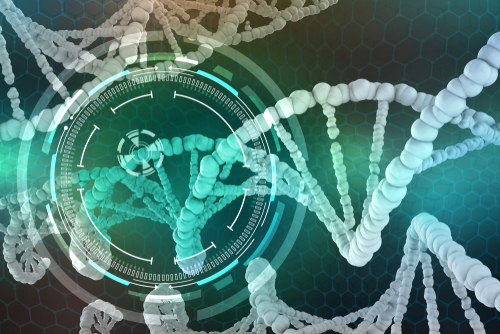Collaboration Seeks Treatments for Diseases Caused by Nonsense Mutations

A new collaboration between the University Carlos III Madrid (UC3M), Almirall, and the Medina Foundation aims to find treatments for recessive dystrophic epidermolysis bullosa (RDEB) and other genetic diseases caused by nonsense mutations, or those that result in shortened proteins.
The project is partially funded by the Center for Industrial and Technological Development of the Spanish Ministry of Science and Innovation.
“We are convinced that this collaborative research project will add substantial value to our ongoing research efforts to find treatments for [RDEB] and other severe genetic diseases,” Thomas Huber, PhD, research director at Almirall, said in a press release.
A cell’s DNA provides the instructions to make a protein. This information is delivered in a code made of units called codons. Some codons provide instructions for including individual protein building blocks (amino acids), and others — called stop codons — tell the cell’s protein-making machinery when to stop building the protein.
A nonsense mutation is a type of mutation in which a stop codon is present where there’s normally instructions for an amino acid. It’s somewhat analogous to having a period in the middle of a sentence: just as aberrant punctuation can render a sentence incomprehensible, an aberrant stop codon can result in a protein that is unable to function.
About 11% of genetic diseases in humans are caused by nonsense mutations. RDEB is caused by mutations — including nonsense mutations in some cases — in the COL7A1 gene.
The new project is called TRIDs4DEB, which stands for Translational Read-Through Inducers for Dystrophic Epidermolysis Bullosa. It aims to identify chemical starting points that can allow a cell’s protein-making machinery to “read through” a stop codon to produce a functional protein. In the above analogy, this would basically be like ignoring the misplaced period and reading the sentence as intended.
Any chemical starting points that are identified could then serve as the basis for developing candidate therapies.
The project is being led by Almirall, which is contributing its library of potential compounds, as well as expertise in assay development and in researching and developing new drugs. The Medina Foundation is also contributing a library of microbial compounds and expertise in drug discovery. UC3M is providing additional expertise in genetic diseases and in generating patient-derived cell models of RDEB.
“A multi-disciplinary project approach is a unique opportunity to contribute our natural product libraries for the identification of possible starting points for the development of new products to treat [RDEB],” said Olga Genilloud, PhD, director of science at the Medina Foundation.
Fernando Larcher, PhD, a professor at UC3M, added: “It is essential to be able to find new compounds that are more powerful and less toxic than those now in use. We have the tools and capabilities to identify from among the large number of compounds to be tested some that will meet that requirement.”
Larcher has helped to develop a potential therapy for RDEB based on the CRISPR-Cas9 gene editing technology, a system that has been highly acclaimed by scientists for being faster and more accurate than other existing gene-editing methods.
This approach, which restored collagen VII production in about 80% of patient-derived skin cells in the lab, was recently granted orphan drug designation by the European Medicines Agency.






